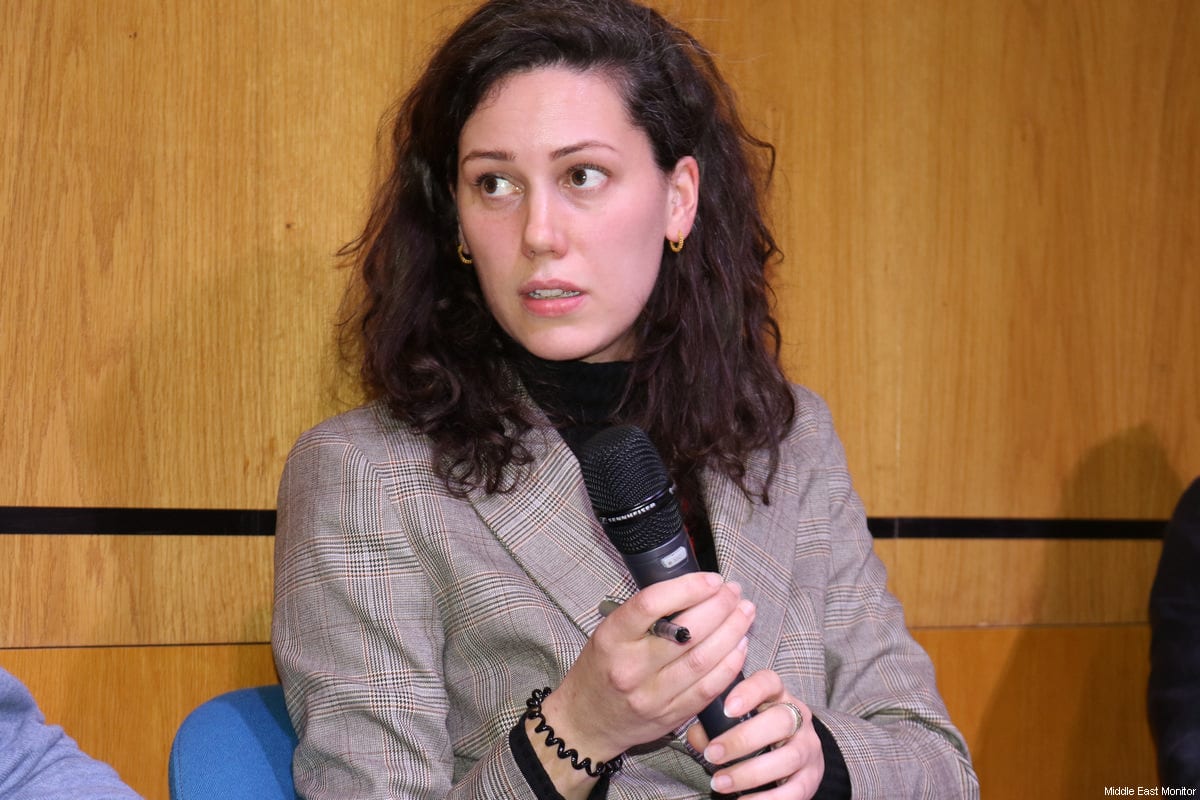Corinne Silva’s work is about Africa placed inside Europe. It speaks of the two continents’ history and how they are connected today through commerce, travel and occupation.
Between 2008 and 2011 Silva worked on a project analysing the landscape in southern Spain and how it spoke of two different types of migrants: “The leisure migrants from northern Europe, who occupy the sanitised, protected, gated golf communities, and the migrant workers from northern and sub-Saharan Africa who work in the endless hothouses that cover this landscape in a blanket of plastic,” she told MEMO.
Out of the time she spent in this region, “Imported Landscapes” – currently on display at the Mosaic Rooms cultural space in London – was born.
Silva travelled from Tangier in northern Morocco towards the border with Algeria, taking landscape photographs along the way. She hired billboards, put the photographs into them, and placed them in the southern Spanish landscape.
“Billboards have a very particular language. They are often associated – in the European imagination at least – with the American Dream, the American West: wide open highways, people seeking their fortunes and projecting their desires onto ’empty’ desert landscapes. So I wanted to use that language and subvert it,” she says.
“I was thinking a lot about the migrant dream, what Europe represented for people travelling north across the Straits of Gibraltar; what they hoped to find there, and how this aspiration compared to the reality of their living conditions in the new place, which looks much like the landscapes they struggled to leave.
“My aim, by offering photographs within photographs, frames within frames, is that the work might open up a space for the viewer to contemplate what is beyond, above and below what we see in the picture, suggesting potential alternative futures for these landscapes and for political boundaries in general.”
Silva is one of six contemporary female artists who are part of the new exhibition, “My Sister Who Travels”. Though different in style and approach, what draws them together is their use of lens-based media and their focus on the Mediterranean as a region of memory, conflict, colonisation, migration, emptiness and expanse. The exhibition seeks to challenge the idea that landscape photography is traditionally a western, male domain.
Opposite Silva’s work is a yellow, rocky landscape that has been projected onto the white wall. After a few seconds a woman appears from the left hand side, dressed in black and bent under the weight of a large doll. She slowly negotiates the rocky terrain until eventually she disappears out of the frame, only to appear again seconds later to repeat her journey.

“Here, the body is a colonised one,” explains Palestinian artist Noor Abed: “unpacking ideas of control within the political realm through the person. The work questions concepts of camouflage and repetition through naturalised body movements, while contemplating the present moment.”
“Sisyphean efforts can be seen here in a wider political frame but also it is not necessarily the only one,” she says on whether or not her work reflects the ongoing conflict in her homeland. “It challenges the narrative through its repetition and awakens a fantasised image of the land as the video is playing with unfixed power relations between the manikin, female body and land; the land is mapping the movement, while the woman is carrying this heavy burden for no specific reason and in an unsettling way.”
Upstairs, six stills from Jananne Al-Ani’s film Shadow Sites II show the Jordanian landscape shot from the air. The sites photographed look like military bases or fortresses. To take the pictures, Al-Ani worked closely with the Jordanian Royal Film Commission (RFC) to gain authorisation from the Jordanian Army. “We were only refused permission to film one or two sites we’d requested because they were very close to the Israeli border,” Al-Ani says.

The work is a comment on the media coverage of the First Gulf War. During this time the movement of journalists and their contact with people on the ground was heavily restricted. The only way reporters could witness the fighting was from a bird’s eye view; a perspective which has parallels with how wars are reported today. “The view from above now dominates modern warfare,” she says.
In the 90s Paola Yacoub was head draughtswoman at the French Institute of Archaeology for the Near East. “Elegiac Landscape: Southern Lebanon”, was made two years later. It has been printed onto a landscape format and depicts hills, fields and a forest. Less obvious is that the images are of the region forbidden to civilians during the Lebanese Civil War from 1975 to 1990. Yacoub says she was introduced to the area following investigative work with paramedics who had seen a lot of battles. “I was able to notate the perception of territories in their practice,” she says.

“This work comes from research on the changes of the gaze that occur when one is caught in a war. Especially how our view of the territories change with fear for example. It is these changes in the gaze, these fluctuations of aspects that I noted with Michel Lasserre in 2000-2005 in Lebanon,” she says in reference to the French artist who she began her collaboration with in 2000.
“While crossing southern Lebanon, incongruous images, radically foreign to the situation, arose as a hallucination: images of elegiac landscapes of the Roman region in the seventeenth century. These are the figures that the photographs attempt to capture.”
My Sister Who Travels is at the Mosaic Rooms until August 30, 2014
The views expressed in this article belong to the author and do not necessarily reflect the editorial policy of Middle East Monitor.











